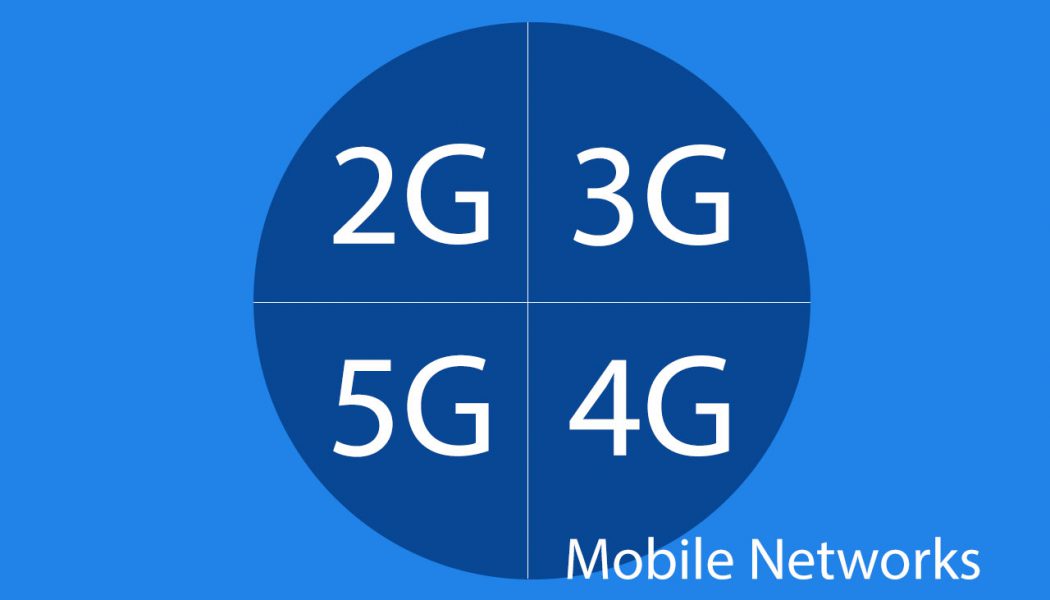Different Mobile Network Generations have enabled the communication, easier, faster, better and secure. Many countries have reached 5G on the spectrum. But what is the difference between these generations? Let us look briefly into it.
Generations
The letter “G” in 1G, 2G, 3G etc. denotes the Generation. When we are connected to the Internet the Connection Speed is dependent upon the Signal Strength of the Wireless Broadband. Each new generation of Wireless Broadband Network provides high quality and reliable communication just like a Wired Network Communication.
The generations in fact started from 0G which was he “Pre-Cellular Network. Moving on from there, we have reached up to 5G, though not available everywhere in the world. The various generations are as follows.
- 1G: First generation of wireless telephone technology, Analog Telecommunication Standards introduced in 1979
- 2G: Second Generation, with Digital Standards up to 14.4kbps available since 1991. Implemented services for SMS with plain text messages
- 2.5G: 2.5G implemented packet-switched domain in addition to circuit-switched domain for data services. It is also called General Packet Radio Service (GPRS)
- 2.75G: GPRS Networks turned into Enhanced Data Rates for GSM Evolution (EDGE) Networks
- 3G: Faster transfer rate of 144kbits. Advancements in 3G saw 3.5G, 3.75G etc. with better performance and High Speed Packet Access (HSPA). First 3G Network was introduced in 1998
- 4G: In addition to the voice and other services of 3G, 4G provides mobile broadband internet access to notebooks with wireless modems, smartphones and other mobile devices. It facilitates IP Telephony, Gaming Services, HD Mobile TV, Video Conferencing, 3D TV, Cloud Computing etc. 4.5G provides better performance than 4G and includes LTE Advance Pro and MIMO features
- 5G: This is the current development standard with much better and faster network speed and other features
2G Provides speed up to 64kbps, 3G up to 8Mbps, 4G LTE up to 50Mbps and 5G up to 10 Gbps.
More reading: What are the differences between 2G, 3G, 4G LTE, and 5G networks?
